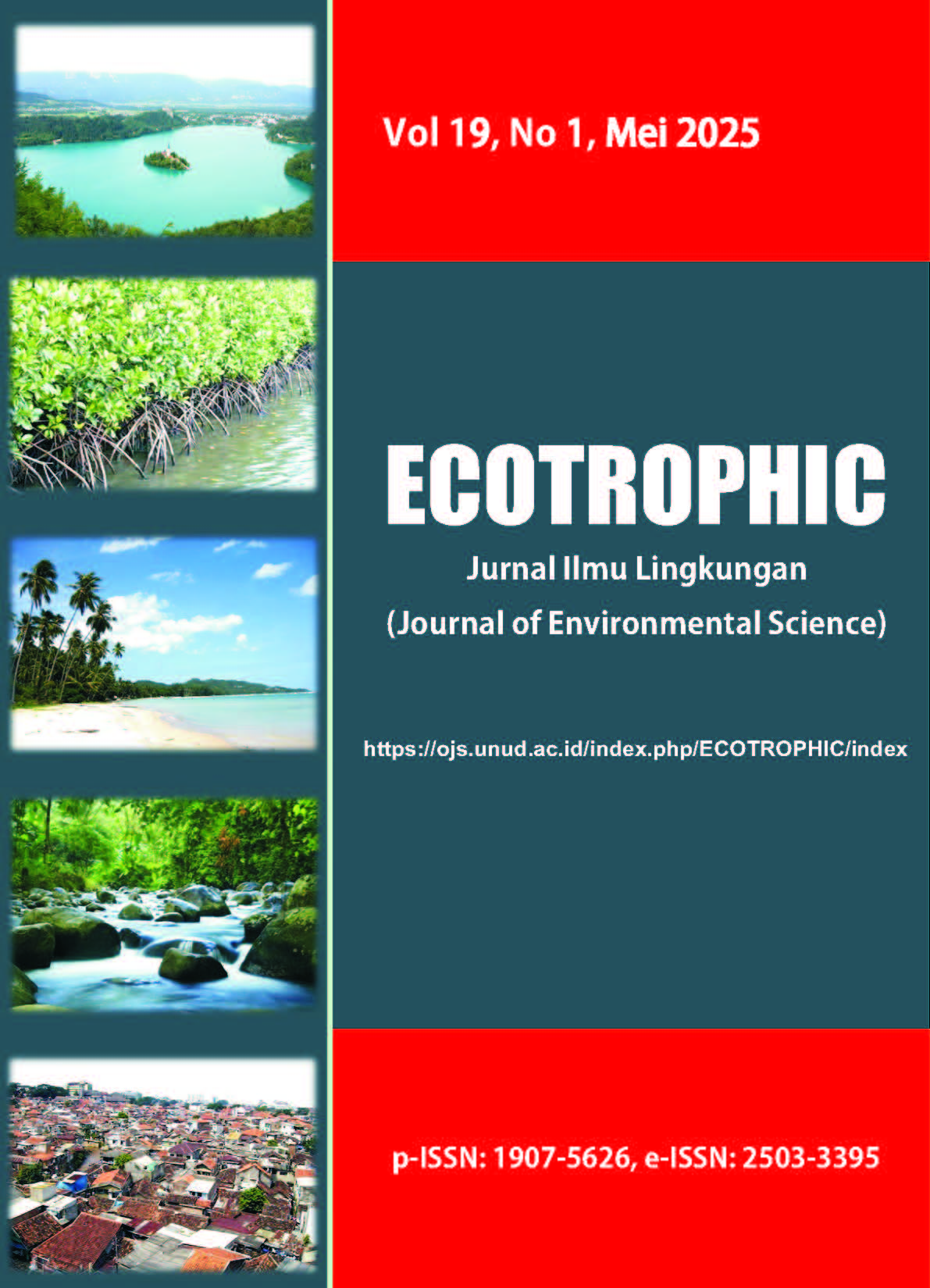ANALISIS HUBUNGAN PANJANG-BOBOT, POLA PERTUMBUHAN DAN FAKTOR KONDISI IKAN TONGKOL KOMO (Euthynnus affinis) YANG DIDARATKAN DI PPI KUSAMBA, KABUPATEN KLUNGKUNG, BALI
DOI:
https://doi.org/10.24843/EJES.2025.v19.i01.p06Keywords:
condition factors; growth patterns; Komo tuna; length-weight; PPI KusambaAbstract
Kusamba waters are famous for the diversity of its fish resources, including the komo tuna (Euthynnus affinis). This fish is one of the target fish caught by fishermen because it has high economic value. The study aims to analyze the relationship between length-weight, growth patterns, and condition factors of komo tuna landed at PPI Kusamba, Klungkung Regency, Bali. This study was conducted using a quantitative descriptive method. The study was conducted over a two-month period, from March to April 2024. Simple random sampling of fish was carried out three times, with an interval of three weeks. A simple linear regression based on Microsoft Excel as used to analyze the fish length-weight data. The results of the field study showed that the fork length of the komo tuna ranged from 270 to 400 mm, and the weight ranged from 322 to 990 g. Based on the results of the analysis of the relationship between length and weight and growth patterns, a regression equation of W=0,00002L2,9417 was obtained with a b value of 2.94174. The coefficient of determination (R2) value obtained was 0.88952, indicating that the relationship between length and weight is very close at 88.952%; the remaining 11.048% is influenced by other factors. The t-test results showed a calculated t-value<t-table (-0.20654 <1.96526) and a b value = 3, indicating that the growth pattern of the komo tuna is isometric, where the growth of length and weight of the fish occurs proportionally and in balance. Based on the results of the condition factor analysis, the range of condition factor values was 1.25955-2.13494, with an average value of 1.54368, indicating good conditions and a body shape that is less flat or thin. It is known that the environmental condition factor of the waters is in good condition.

